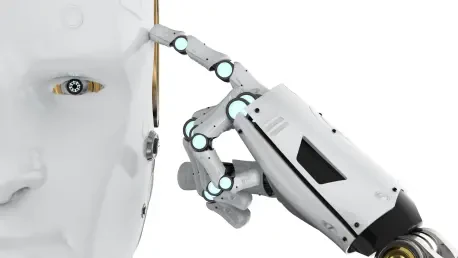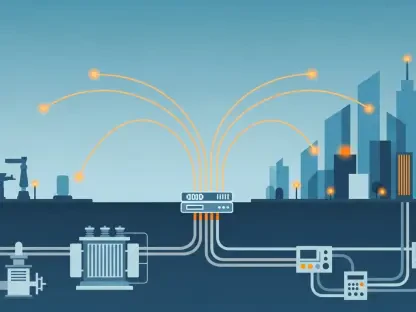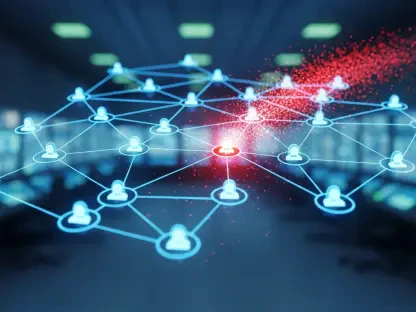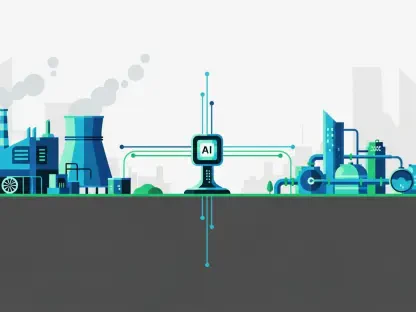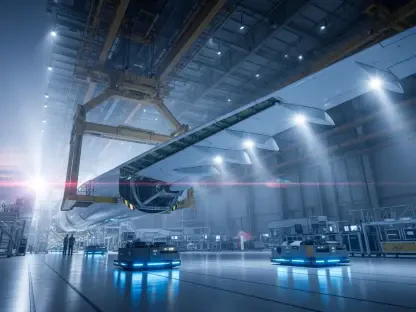AI robotics autonomy is disrupting industries globally by enabling machines to operate and make decisions independently without human intervention. This revolutionary technology is changing the way industries like healthcare, manufacturing, logistics, and even space exploration operate. One noteworthy advancement in this realm is Google DeepMind’s Gemini Robotics On-Device, which allows robots to perform tasks with remarkable dexterity and independence even in environments with poor connectivity.
Deep Dive into AI Robotics Autonomy
AI robotics autonomy represents a monumental shift in technological integration. By allowing machines to function independently, it combines advanced machine learning algorithms with robotics to create systems that can learn from their environment and optimize their actions accordingly. At its core, AI robotics autonomy embodies efficiency and adaptability, making it a pivotal player in today’s technological advancements. Its seamless operation in real-world scenarios highlights its importance in enhancing productivity and reducing reliance on continuous human supervision.
Unpacking Key Features and Capabilities
Autonomous Task Execution
Central to AI robotics autonomy is its ability to execute tasks autonomously. This involves perceiving the environment, making informed decisions, and carrying out actions without direct human oversight. Google’s latest AI model demonstrates this by efficiently folding clothes, unzipping bags, pouring liquids, and tying shoelaces—actions that require nuanced motor skills and situational understanding. This feature significantly enhances the system’s utility, as it can perform a variety of complex tasks even in constrained settings or challenging environments.
Offline Operation Capability
One of the most significant features of Google DeepMind’s Gemini Robotics On-Device is its offline operation capability. This crucial aspect ensures that robots can undertake tasks without needing constant internet connectivity, thereby expanding their applicability in environments with limited or unreliable access. The technology is designed to perform comparably with its cloud-based counterparts, making it a versatile tool in sectors where consistent online access may not be feasible, such as remote logistics or spacecraft maintenance.
Recent Innovations Propelling the Field
AI robotics is rapidly advancing, with innovations pushing the boundaries of what autonomous robots can achieve. Google’s introduction of Gemini Robotics On-Device highlights a significant trend toward decentralizing robot operations, allowing for enhanced privacy and efficiency in sensitive or isolated environments. Coupled with tools like the MuJoCo physics simulator, developers are equipped to refine and enhance these systems, thereby expanding their potential applications across diverse industries, from disaster response to warehouse management.
Real-World Applications and Use Cases
Applications of AI robotics autonomy span numerous sectors, offering transformative solutions. In healthcare, robots can assist in tasks that ensure patient privacy while delivering essential services. In manufacturing, the technology promises streamlined processes and increased throughput by minimizing downtime and enhancing task accuracy. Additionally, in logistics, autonomous robots are revolutionizing supply chains by optimizing warehouse operations and enabling efficient goods transportation. Each of these applications showcases the substantial impact of AI robotics on efficiency and operational capability across industries.
Navigating Challenges and Limitations
Despite its myriad advantages, AI robotics autonomy is not without challenges. Technical hurdles related to data security, accuracy, and real-time decision-making continue to pose significant obstacles. Regulatory frameworks are still catching up, creating barriers for widespread adoption. Moreover, the cost of developing and deploying advanced autonomous systems can be prohibitive for some businesses. Ongoing efforts focus on overcoming these barriers, ensuring that the technology becomes accessible, reliable, and beneficial across broader contexts.
Pioneering Future Pathways
As AI robotics autonomy advances, its future prospects are promising. Emerging improvements and research suggest that robots will become increasingly adept at handling more intricate tasks with minimal oversight. Anticipated breakthroughs could further enhance the precision, adaptability, and application range of autonomous systems, profoundly affecting industries and society. Additionally, strategic developments are expected to prioritize safety and regulatory compliance, facilitating smoother integration into everyday operations.
Verdict and Implications of AI Robotics Autonomy
In summary, AI robotics autonomy stands as a groundbreaking advancement in technological integration. Google’s Gemini Robotics On-Device exemplifies the remarkable potential and versatility of this technology, setting a new baseline for efficiency and application breadth. These systems promise to revolutionize operations across various sectors, paving the way for enhanced automation and autonomy. Given the current trajectory, AI robotics is likely to become an integral part of future industry landscapes, providing solutions that redefine operational strategies and elevate productivity to unprecedented levels.
